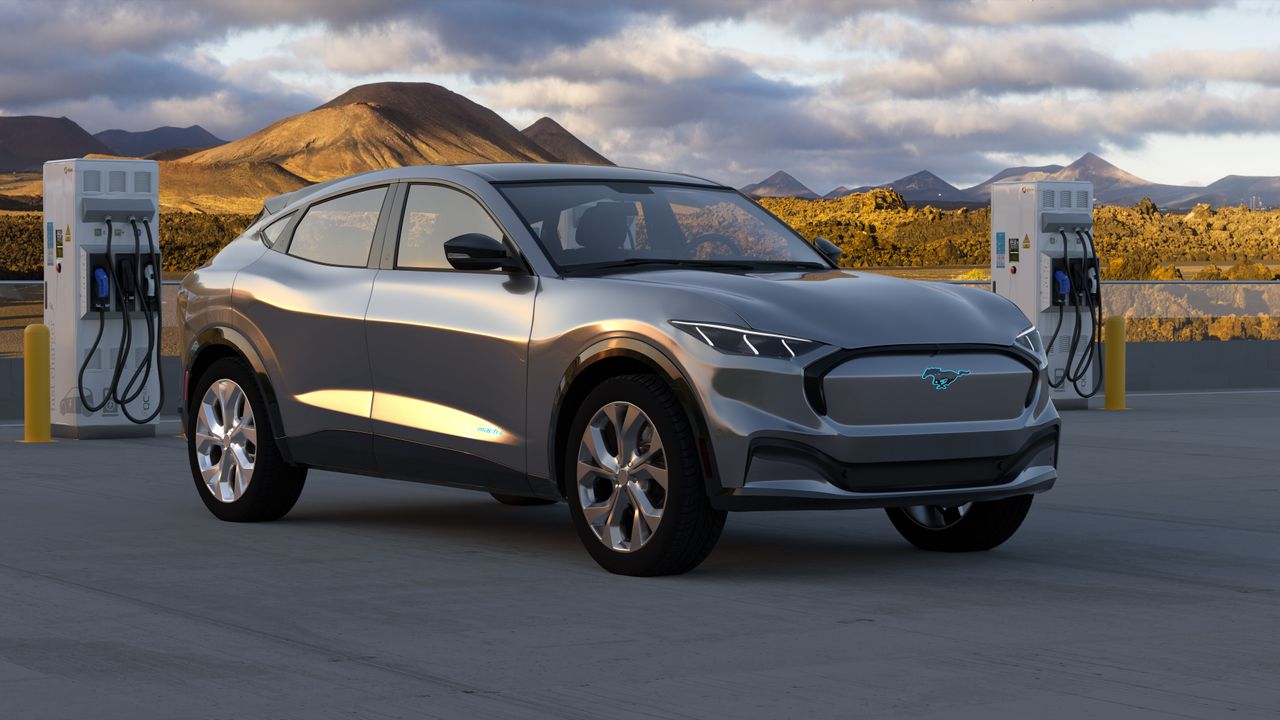Electric Vehicle Charging Infrastructure: The Future of Sustainable Transportation
As the world continues to grapple with the challenges of climate change, the adoption of electric vehicles (EVs) has gained significant momentum. With governments and individuals alike recognizing the need to reduce carbon emissions, the demand for electric vehicles has skyrocketed. However, for this transition to be successful, the development of a robust electric vehicle charging infrastructure is crucial. In this article, we will explore the importance of charging stations, charging locations, and charging standards in supporting the widespread adoption of electric vehicles.
The Role of Charging Stations
Charging stations are the backbone of any electric vehicle charging infrastructure. These dedicated facilities provide a convenient and reliable source of power for EV owners to recharge their vehicles. Charging stations can be found in various locations, including public parking lots, shopping centers, and even residential areas.
One of the key advantages of charging stations is their ability to charge electric vehicles at a much faster rate compared to a standard household power outlet. While a regular outlet may take several hours to fully charge an EV, charging stations equipped with fast-charging technology can replenish the battery in a matter of minutes. This not only reduces the time spent waiting for a charge but also encourages more people to consider electric vehicles as a viable transportation option.
Expanding Charging Locations
While charging stations play a vital role in supporting electric vehicle charging, it is equally important to expand the availability of charging locations. The more charging points there are, the more convenient it becomes for EV owners to find a place to recharge their vehicles.
Public charging locations, such as parking lots and garages, are particularly crucial for those who do not have access to private charging infrastructure at home. By strategically placing charging stations in high-traffic areas, EV owners can easily charge their vehicles while going about their daily activities, eliminating range anxiety and making electric vehicles a practical choice for all.
The Need for Charging Standards
With the increasing popularity of electric vehicles, it is essential to establish universal charging standards to ensure compatibility and interoperability among different EV models and charging infrastructure. Currently, there are multiple charging standards in use, including CHAdeMO, CCS, and Tesla’s proprietary Supercharger network.
Standardization is crucial to avoid fragmentation in the charging infrastructure market. A standardized charging system would allow EV owners to charge their vehicles at any charging station, regardless of the brand or model. This interoperability not only enhances convenience but also promotes healthy competition among charging infrastructure providers, leading to improved services and lower costs for consumers.
Conclusion
The development of a robust electric vehicle charging infrastructure is vital for the widespread adoption of electric vehicles. Charging stations, charging locations, and charging standards all play a crucial role in supporting this transition. By expanding the availability of charging stations and locations, and establishing universal charging standards, we can create a sustainable future where electric vehicles are the norm rather than the exception.
